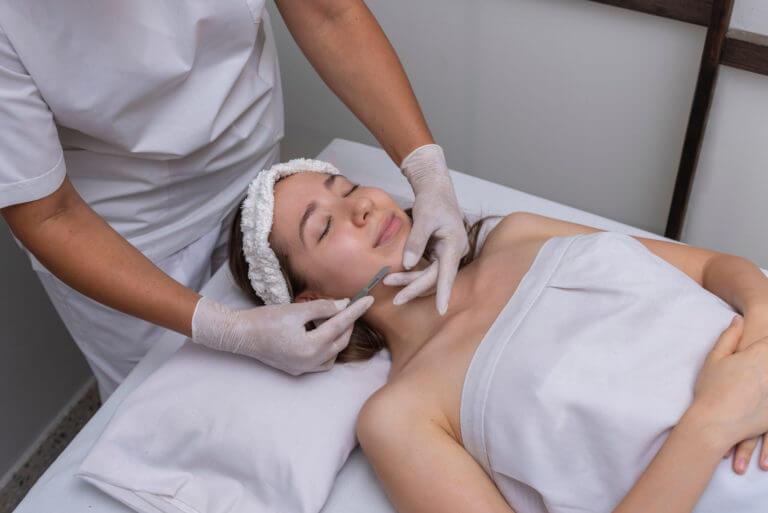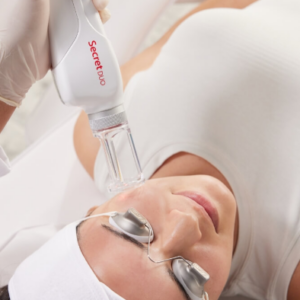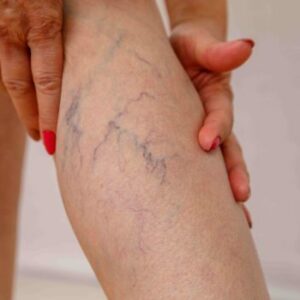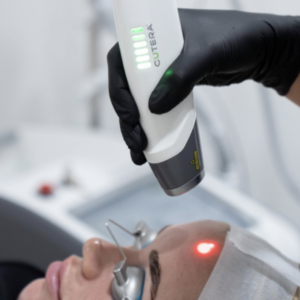
Transform your skin with the power of Morpheus8! Using advanced fractional skin resurfacing and subdermal rejuvenation technology, we deliver dramatic results with minimal downtime. This innovative treatment uses 24 fine, sterile pins to penetrate deep into the skin, stimulating rapid tissue repair and collagen renewal. Experience smoother, firmer, and more youthful skin without the wait. Ready to see the difference?
Transform your skin with advanced Morpheus8 in New York, a revolutionary skin resurfacing treatment that combines microneedling and radiofrequency technology. This cutting-edge procedure targets the deeper layers of the skin to stimulate collagen and elastin production, effectively addressing fine lines, wrinkles, acne scars, and sagging skin. By combining the benefits of microneedling’s precise skin penetration with the thermal energy of radiofrequency, Morpheus8 promotes tissue remodeling and rejuvenation, leaving your skin firmer, smoother, and more radiant.
Our skin resurfacing treatment is a versatile solution for various skin concerns, suitable for all skin types and customizable to your individual needs. Whether you’re looking to tighten loose skin, minimize pore size, or improve uneven texture and tone, this minimally invasive treatment offers dramatic results with minimal downtime. Ideal for the face, neck, and body, Morpheus8 enhances your natural beauty by restoring youthful contours and improving overall skin health. Experience the ultimate in skin rejuvenation with Morpheus8, designed to deliver noticeable and long-lasting improvements.
Skin resurfacing procedures improve skin texture and appearance by targeting various concerns such as wrinkles, fine lines, acne scars, and sun damage. These treatments focus on removing damaged skin layers and stimulating collagen production, promoting healthier and more youthful-looking skin. Here’s how key skin resurfacing methods work:
These methods rely on the principle of controlled injury to activate natural healing, producing collagen and elastin essential for skin vitality. Treatments are tailored to individual skin types and concerns, providing solutions for visible improvements in tone, texture, and overall radiance.



